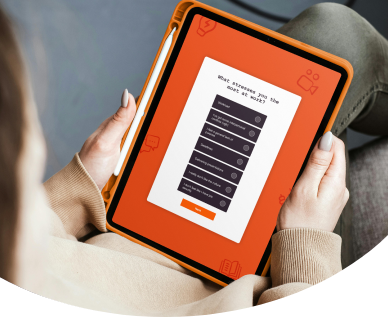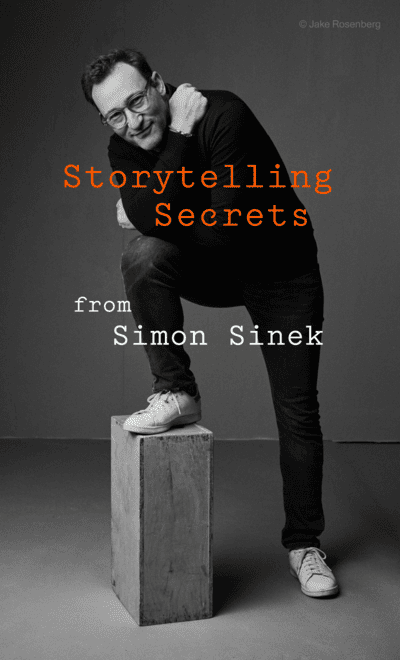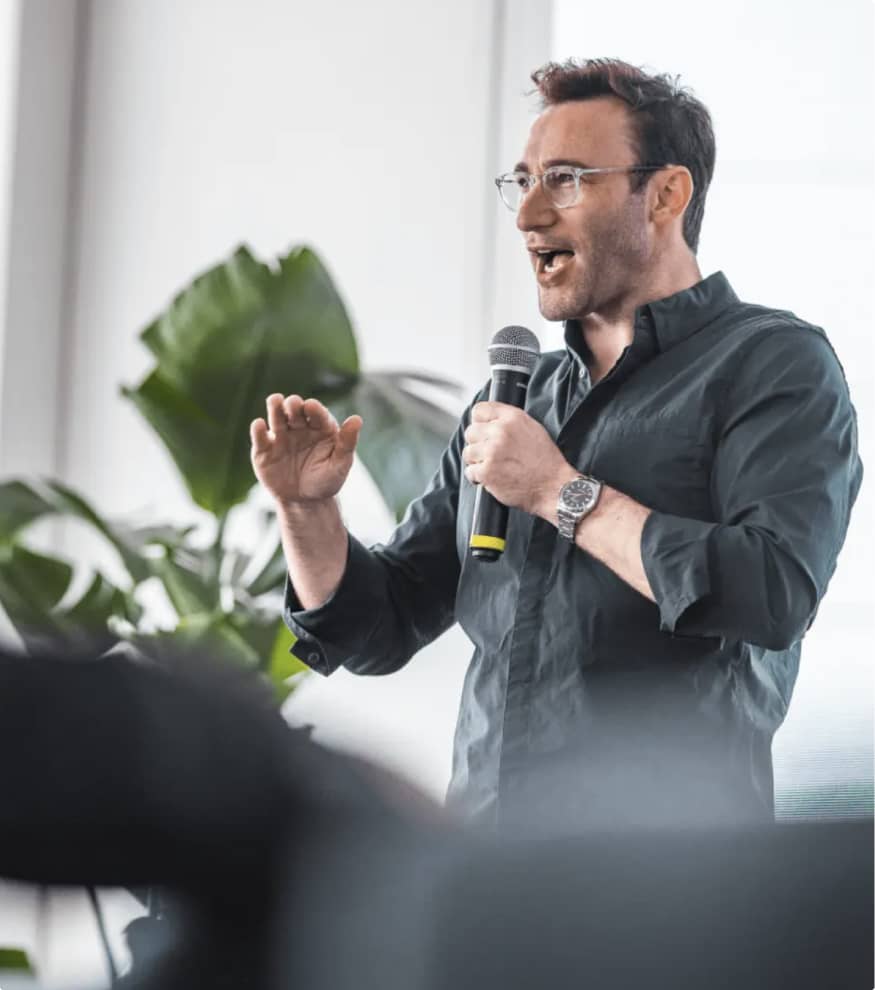I’ve always sworn by my laissez-faire leadership style. I tend to leave people alone and let them do their thing. I’ve debated my style with others who are more prone to micro-managing. They make the argument that they have to be hands-on because when they are hands off things go wrong too often.
Who’s right?
I used to give people a hard time if they worked on nights and weekends. I wanted to help them maintain work-life balance. But data that was given to me by Watercooler.ai, an AI company that looks for anomalies in the patterns of our workflow, showed me that I was actually doing more harm than good (which you can read here, if you are so inclined).
To better understand how much is the right amount to engage with our people, Watercooler showed me the data again. Unsurprisingly the right amount does vary by industry. But there is a sweet spot for each company. It turns out that engaging too little or too much can both contribute to increased chance of flight risk.
Here are two examples:
For Company A, a sales-oriented organization, the optimal number of interactions is about 1 to 2 days during the week (including weekends). In Company B, an online training company, the frequency is interactions on 2.5 to 4.3 days during the week.
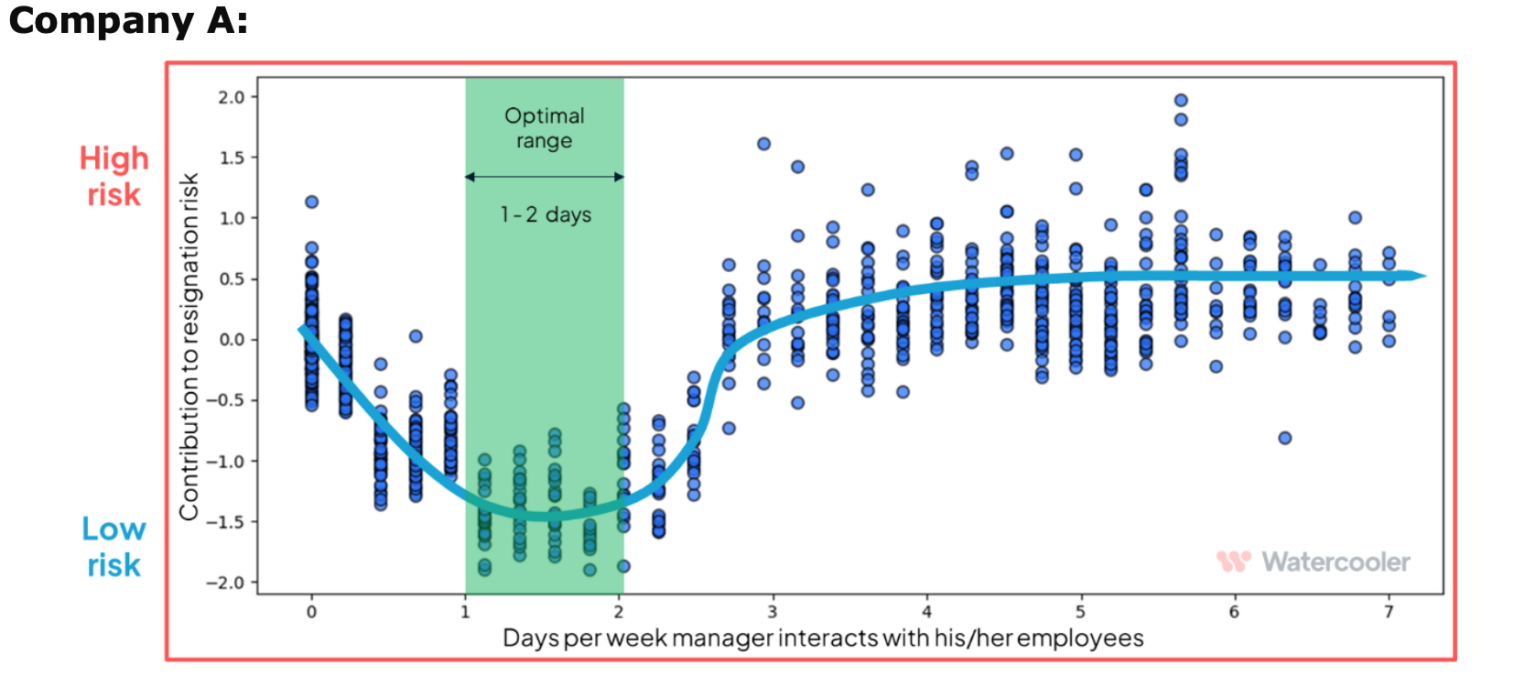
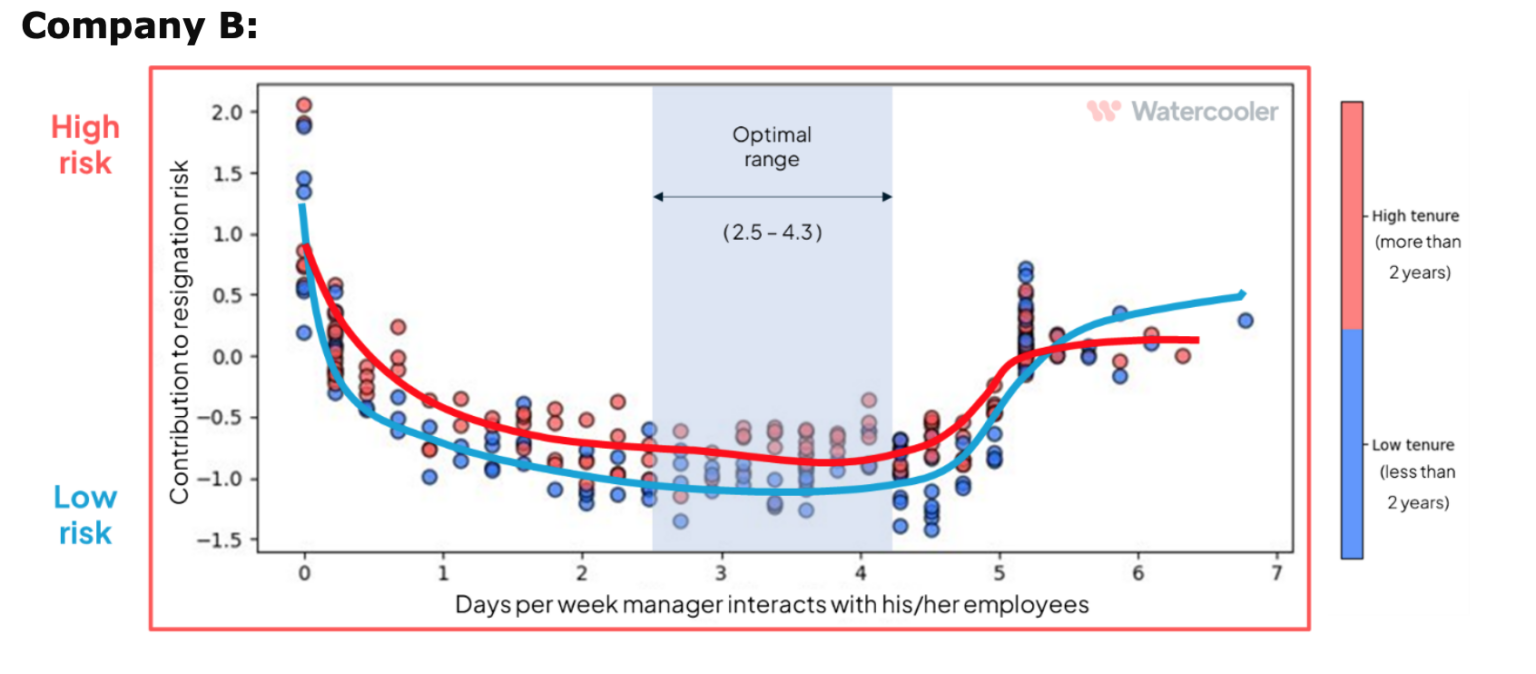
What’s important is that we need to strike a healthy balance between a hands-off and hands-on approach. Veering too far in either direction, the data shows, results in an increase of flight risk.
This kind of insight is particularly valuable when we move from one company, culture, or industry to another. What worked in our old job, may not work as well in our new job. AI can’t replace human leadership but can help show good leaders what they need to adjust to be the best leaders they can be for the culture in which they work.
I’ve become so interested in the data that Watercooler analyzes that I became an advisor and investor in their company. The best part is that I get to have regular conversations with the CEO, Eitan Vesely, and his team and they show me what they are learning. Here’s a clip from a recent webinar we did together:
If you find this interesting and would like to hear more, here’s the link to the full webinar.







